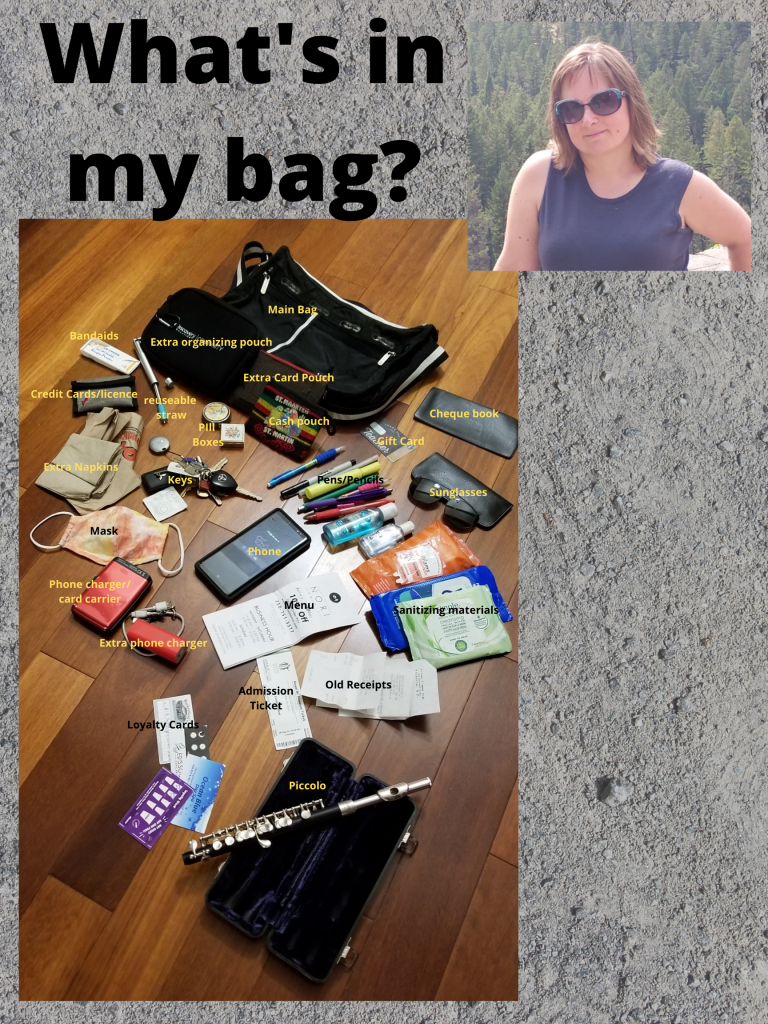 Here is my transcribed dictated assignment. I didn’t tell a story per se, but rather shared a few thoughts I had about the topic this week. I apologize for the rambling nature of the dictation, but even though I had a fairly organized outline of what I wanted to say, I still found it difficult to talk smoothly and coherently without a script.
Here is my transcribed dictated assignment. I didn’t tell a story per se, but rather shared a few thoughts I had about the topic this week. I apologize for the rambling nature of the dictation, but even though I had a fairly organized outline of what I wanted to say, I still found it difficult to talk smoothly and coherently without a script.
I used MS Word on my Android phone with the built-in transcription feature, and then converted it into PDF.
Here is the analysis:
- How does the text deviate from conventions of written English?
Proper written English has quite prescriptive conventions and structure to follow in terms of grammar, sentence/paragraph structure, punctuation, capitalization, etc. I use the voice to text feature quite often on my phone, and have become fairly proficient with inserting simple punctuation such as commas, periods, and question marks. However, there should be quotation marks in some places, and I was unable to organize my essay into paragraphs – I’m sure there is a way to do it, but I wasn’t able to figure it out for the purpose of this assignment. A properly written essay would be organized into structured paragraphs each with their own individual topic. My transcription also has missing capitalizations (such as for the names of the text chapters we’re reading), run-on sentences, extra inserted words, and incorrect tense usage. Written English usually has a coherent flow of thoughts that progress in sequence because one has much more time and opportunity to organize their ideas whereas this text is much more disjoined and random, just as spoken conversation might be.
- What is “wrong” in the text? What is “right”?
I am quite surprised that the majority of what I said was actually transcribed quite correctly – at least for the words spoken. I did highlight some of the major errors – the first one being my name. There are some missing capitals – the names of our text books should be capitalized. That being said, the program does recognize proper nouns such as Russian or English. Some words were incorrectly understood such as ‘fanatic’ which should have been ‘phonetic’. There were extra words inserted such as ‘oh’, probably inserted when I paused and mumbled to collect thoughts. Overall, the majority of the words were transcribed correctly, but the text seems quite rambling, disorganized, and chaotic. Grammatically it may be mostly ‘correct’, but it doesn’t flow smoothly when one reads it.
- What are the most common “mistakes” in the text and why do you consider them “mistakes”?
Probably the most common ‘mistake’ I can see is the insertion of random words such as ‘oh’ although it didn’t happen too often. If the program is truly transcribing my speech, then it probably isn’t a ‘mistake’ per se because when I speak I tend to insert thinking pauses such as ‘umm’ or ‘oh’, so it may have picked that up. There are also a couple of tense mistakes – used instead of use, and pass down instead of passed down. These are mistakes because they are grammatically incorrect according to conventional English language. Mistakes in transcribed text probably occur mostly when incorrect words are inserted rather than the originally spoken words because of the phonetic differences in certain syllables, and the similarities in certain words (for example ‘by’ and ‘buy’). I have noticed that often when I dictate, the program will self-correct based on context, so accuracy of these programs is continually improving.
- What if you had “scripted” the story? What difference might that have made?
If I had been able to ‘script’ my story, it would have made things much easier because I would have had the opportunity to organize my thoughts ahead of time into a much more coherent, organized flow of ideas. There may still have been mistakes in terms of incorrect words, punctuation, or grammar, but it would probably be much easier and smoother to read. That being said, it would lose the ‘conversational’ element of this assignment.
- In what ways does oral storytelling differ from written storytelling?
Oral storytelling has a much more personal and animated element to it because the person telling the story can add vocal inflections and gestures which can add a lot to the ambience and spirit of the story, engaging and involving the audience much more actively. Oral storytellers can use physical props to aid their tale. Each time the story is told, it might change a bit depending upon who is telling the tale, or what elements are emphasized.
Written storytelling depends upon the ability of the author to use the appropriate descriptive words in the correct sequence to paint a mental picture for the reader. It is not as personally interactive as oral storytelling, but can be equally engaging if well written. Instead of hearing the voice of the storyteller, the audience inserts their own voice. Physical props are not possible, but pictures may be inserted to help establish the scene. In the case of a written story, there is no change. Each time it is read it is the same and there is no variation except in the mind of the person reading it.
